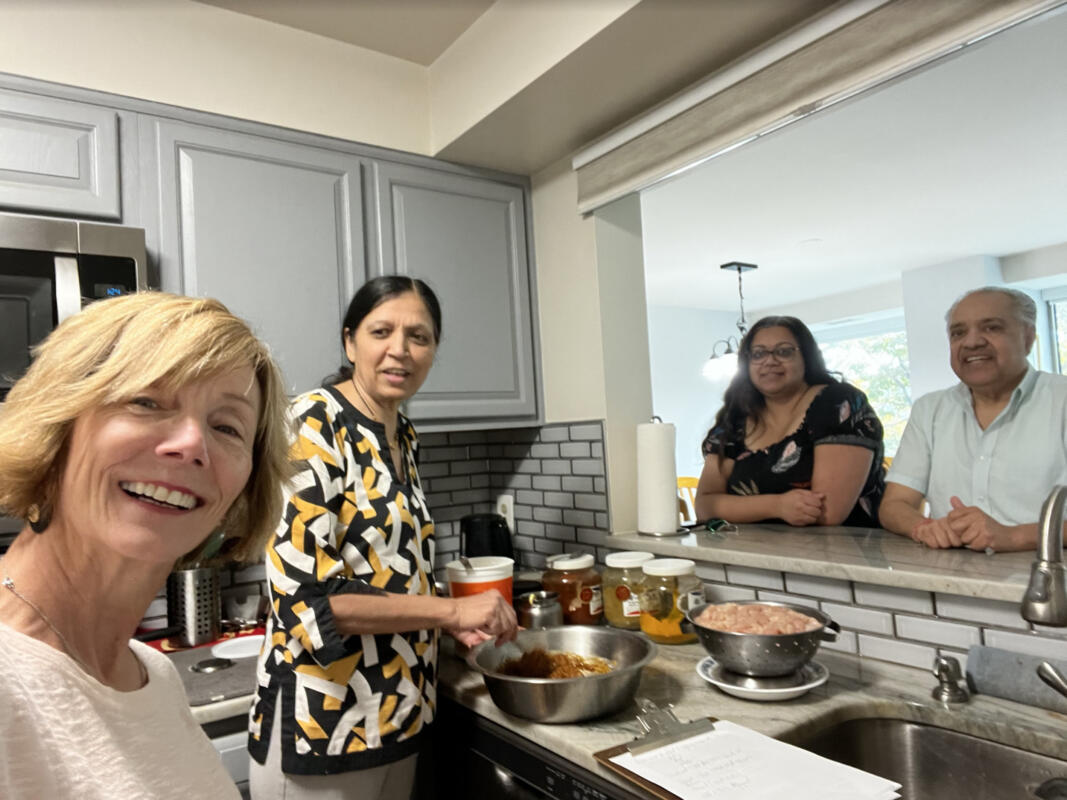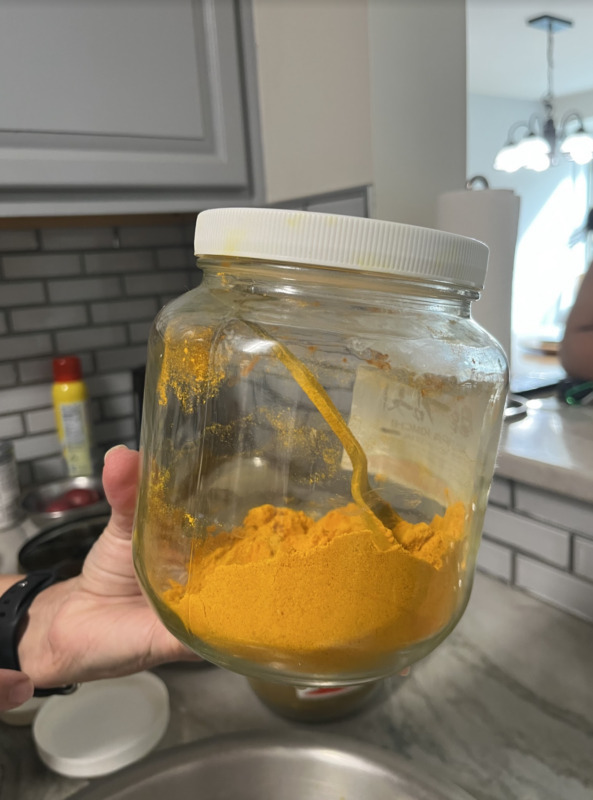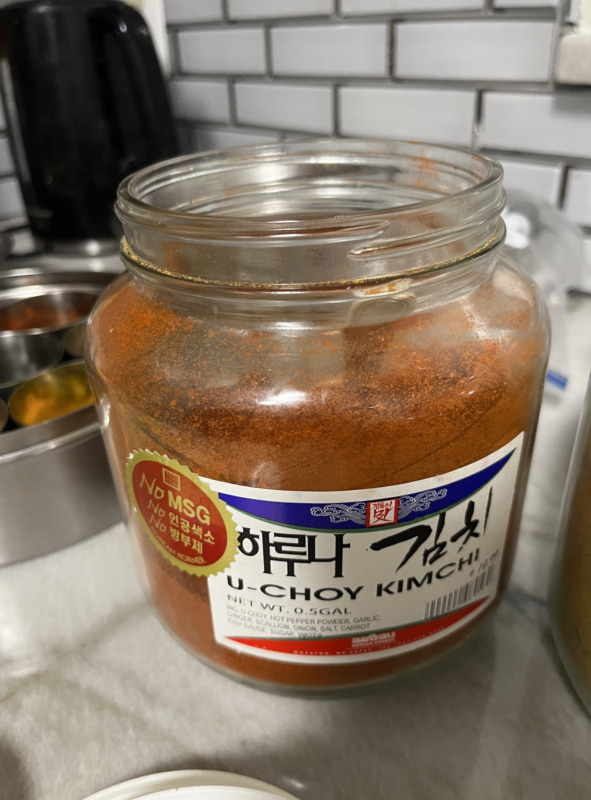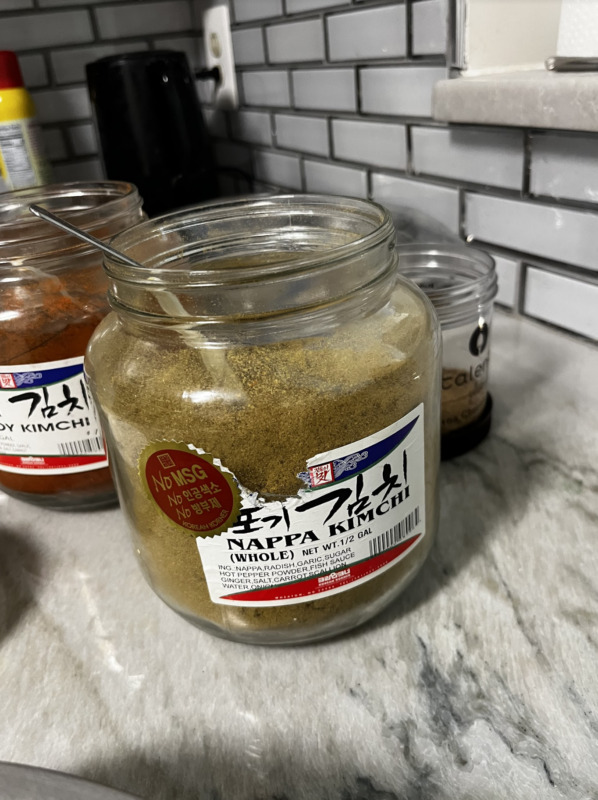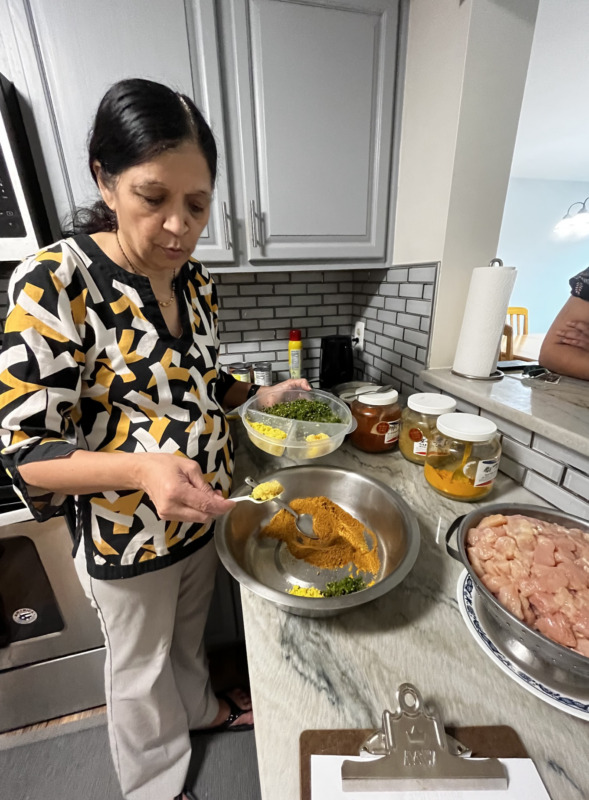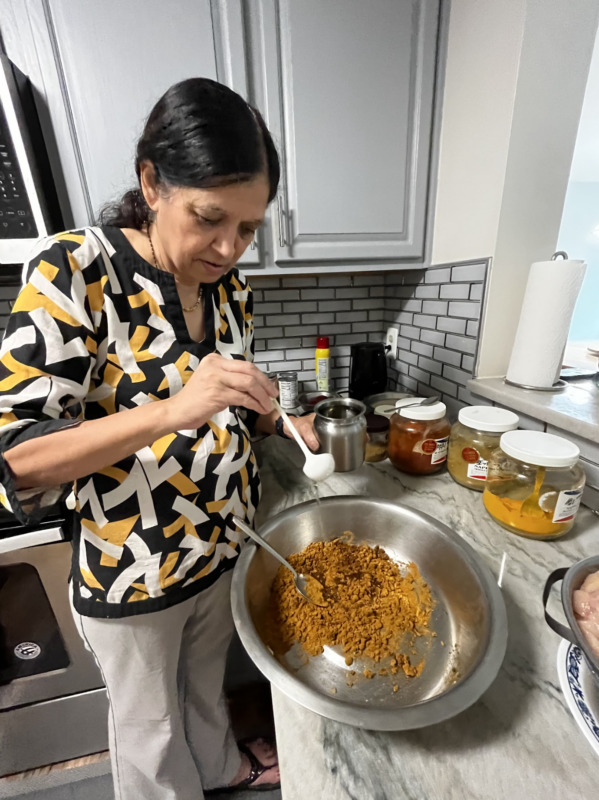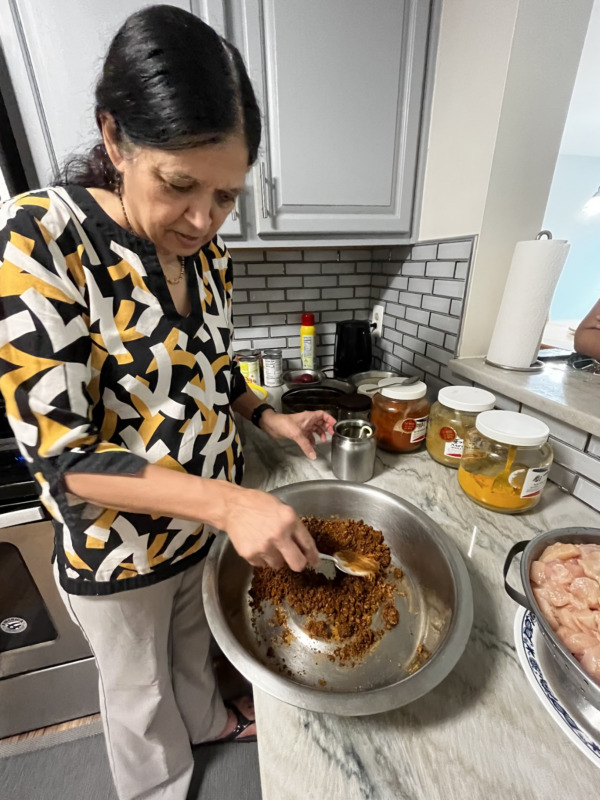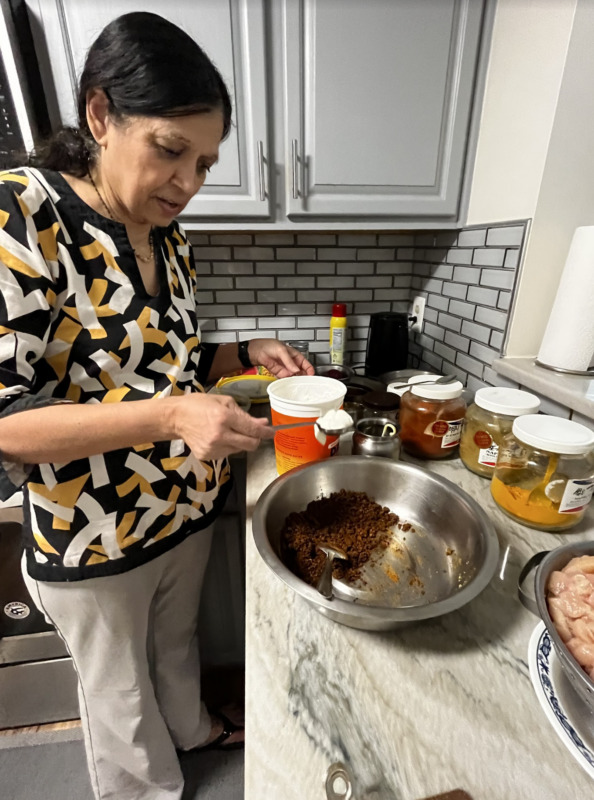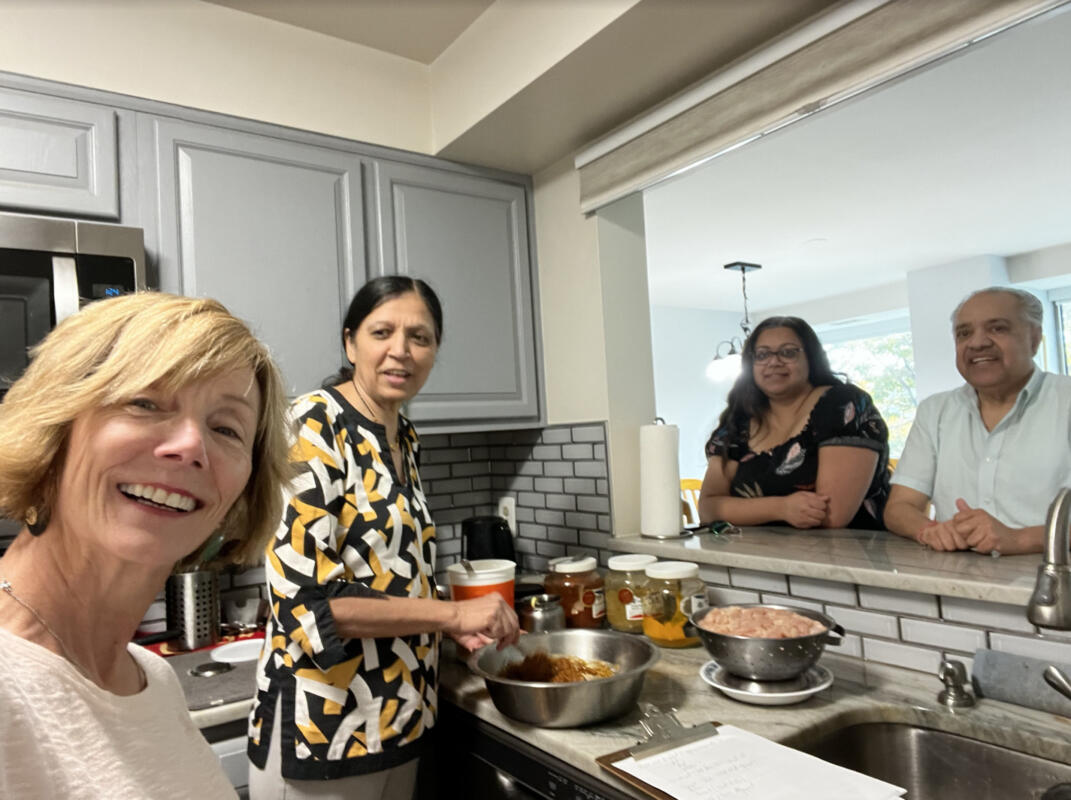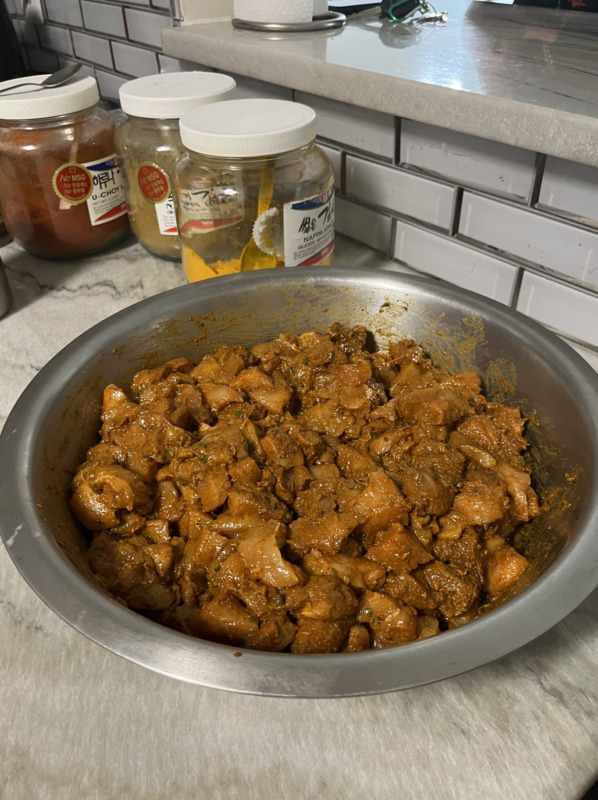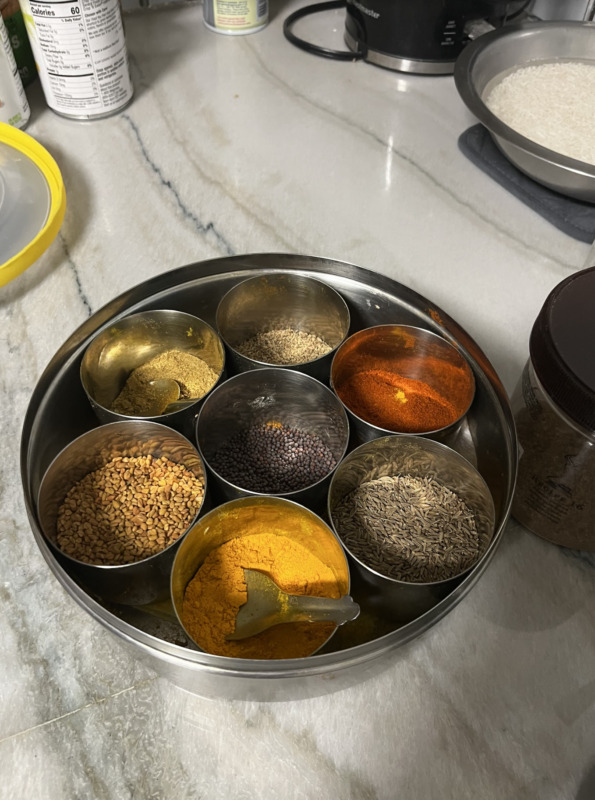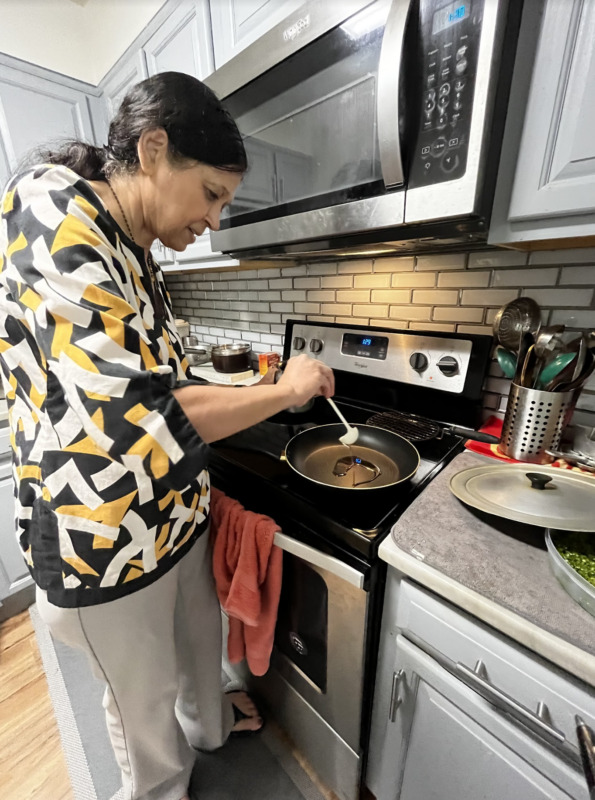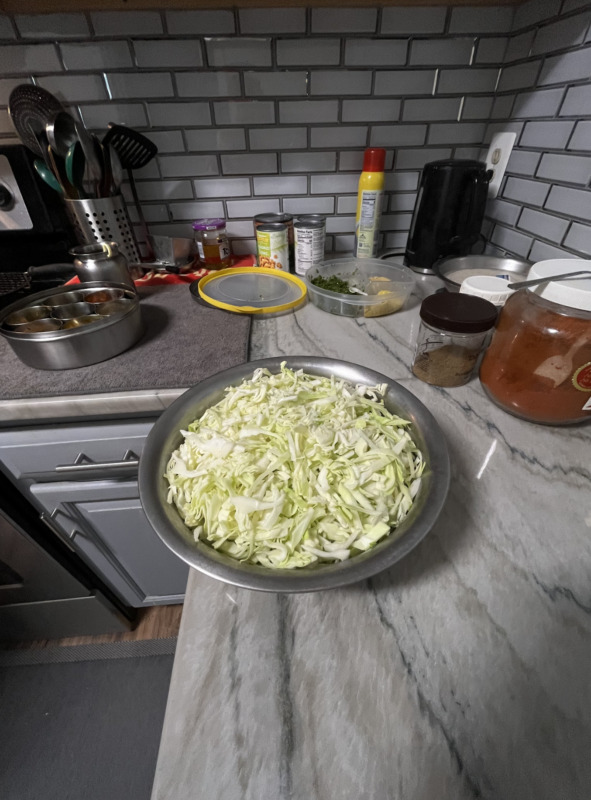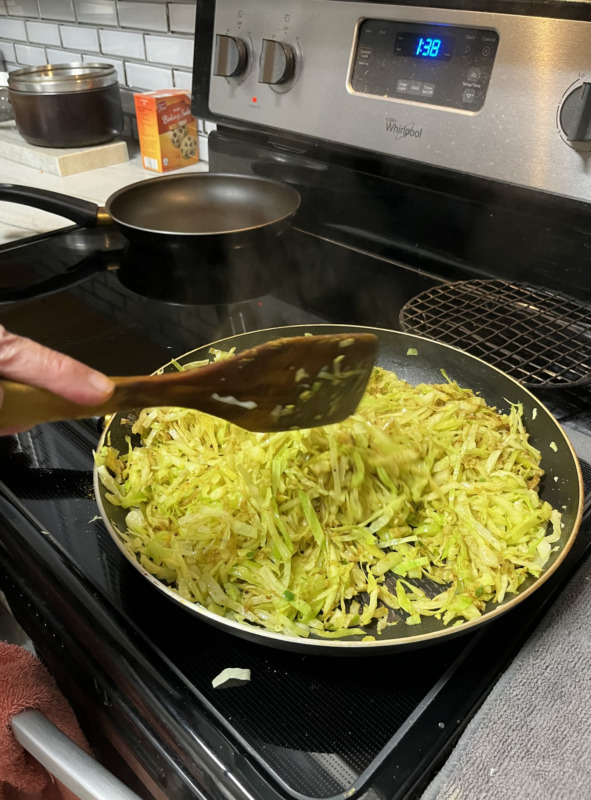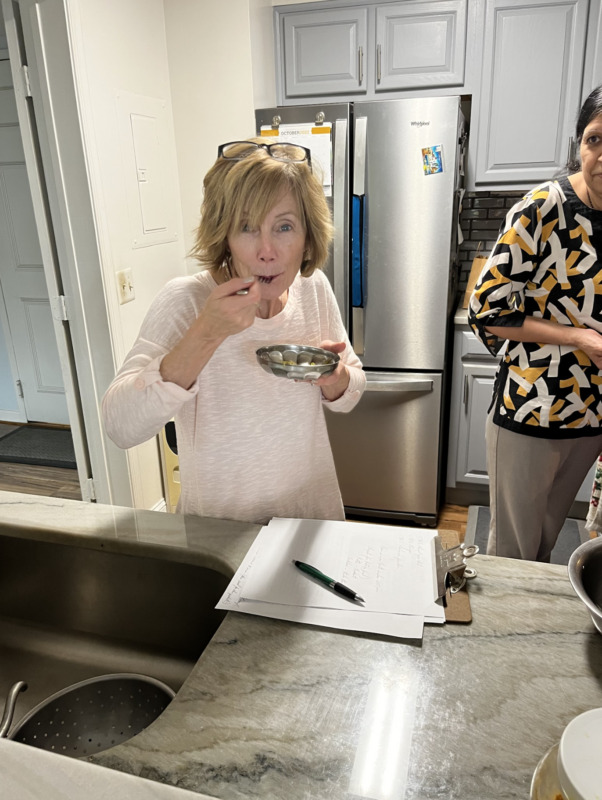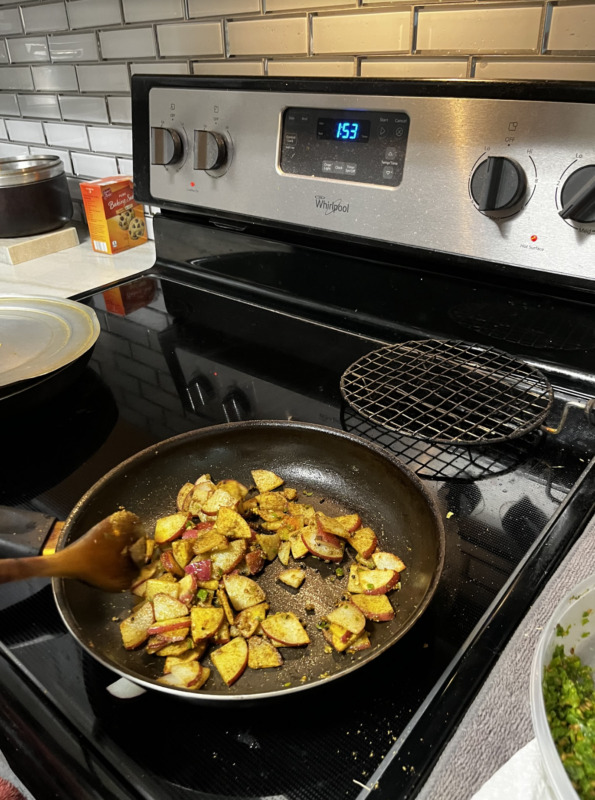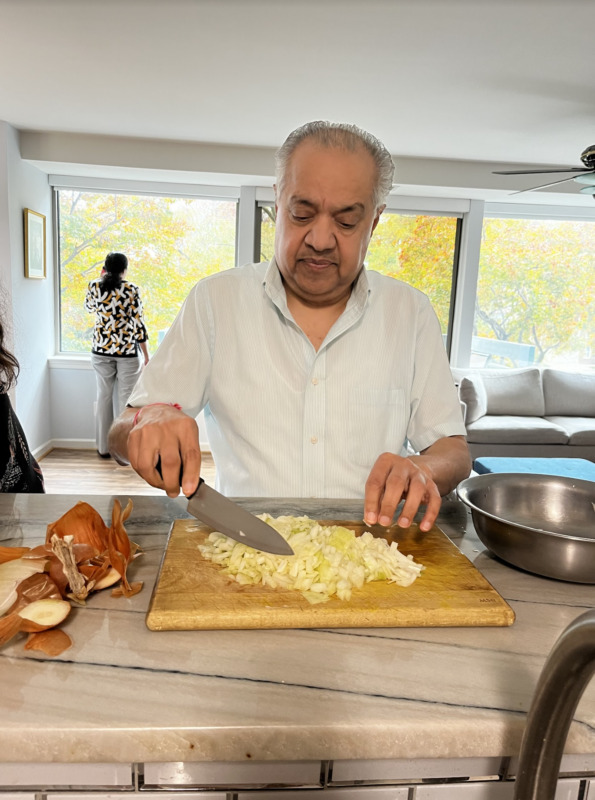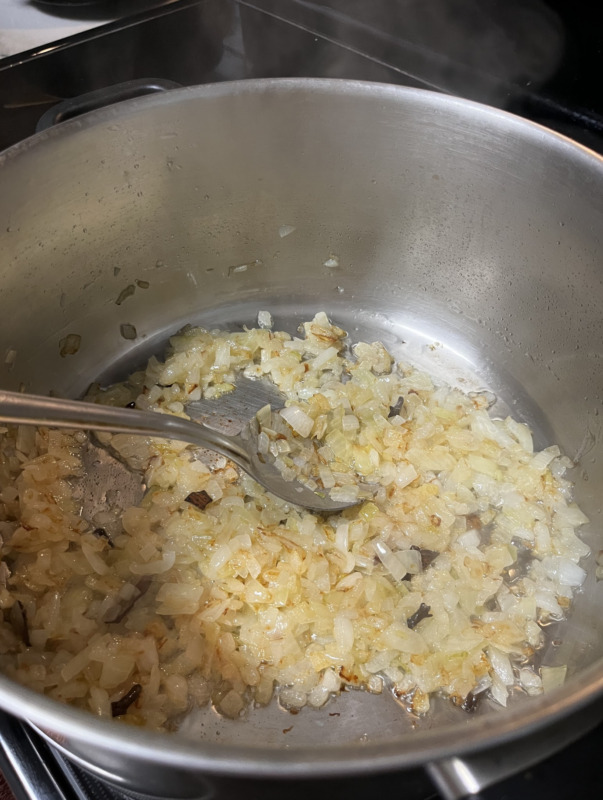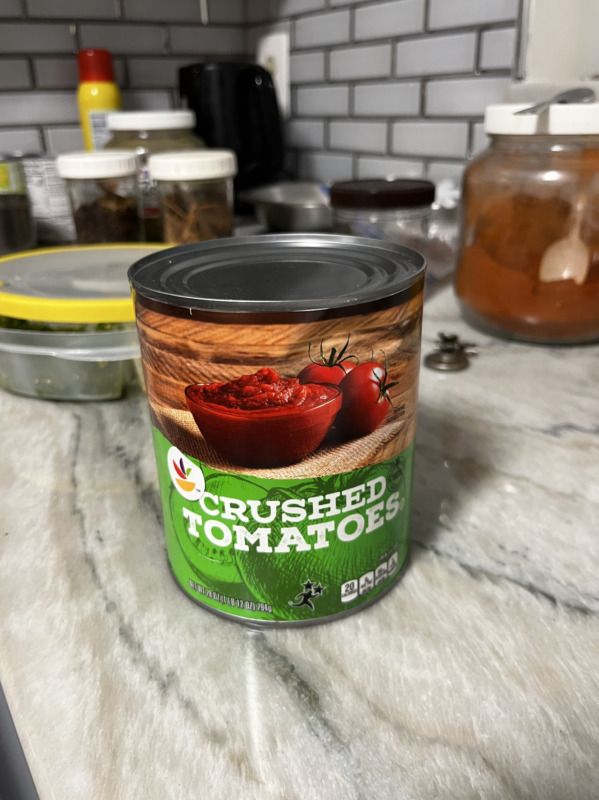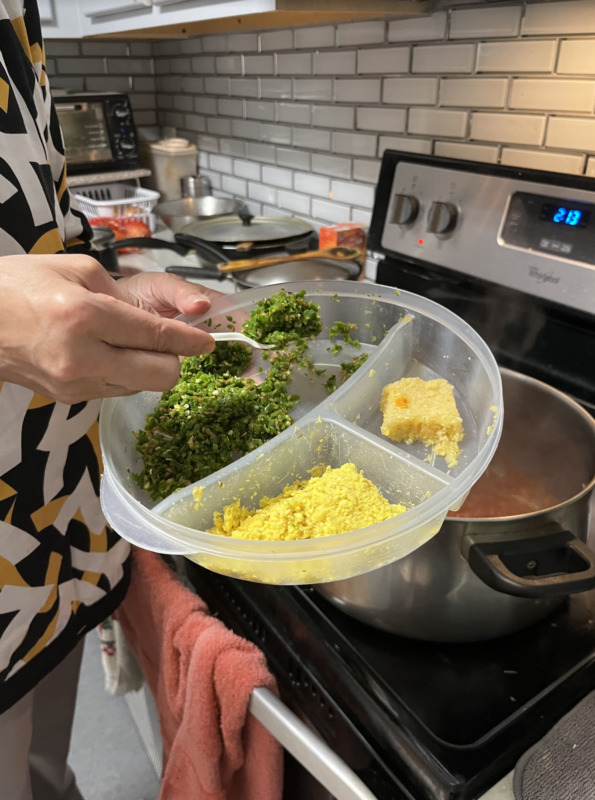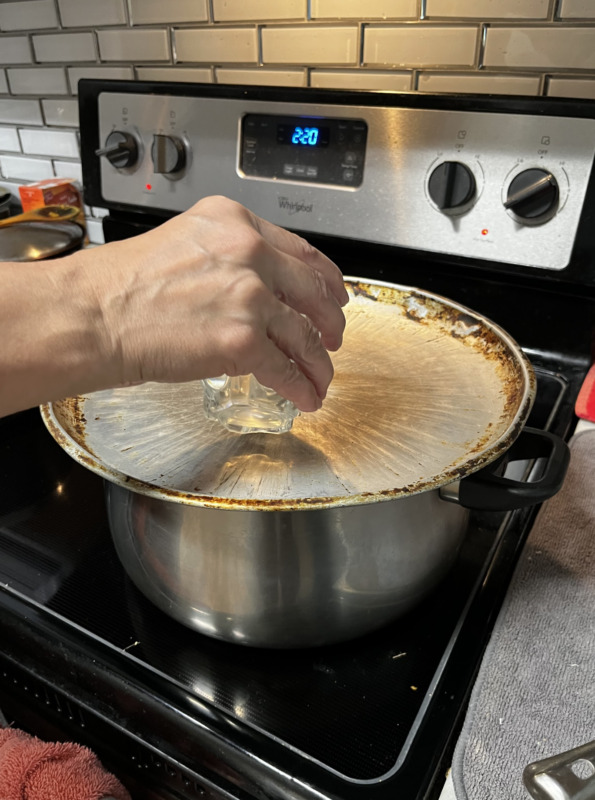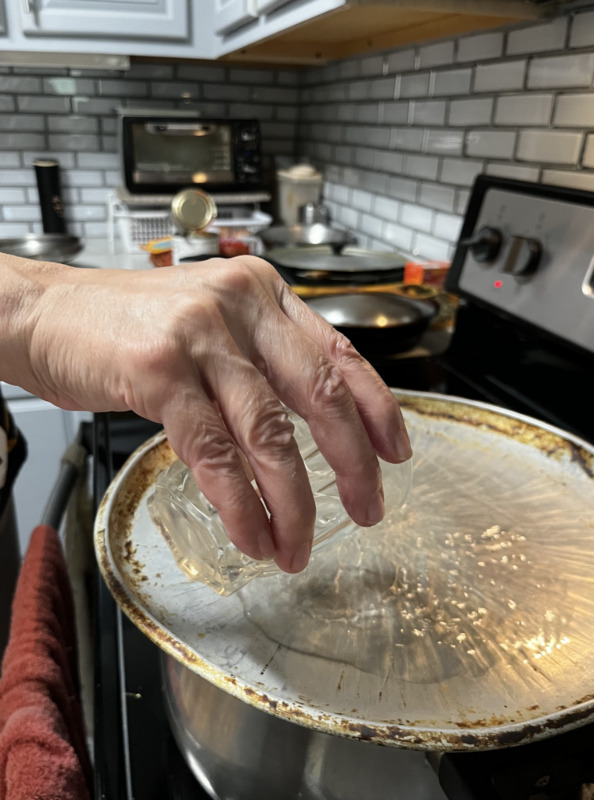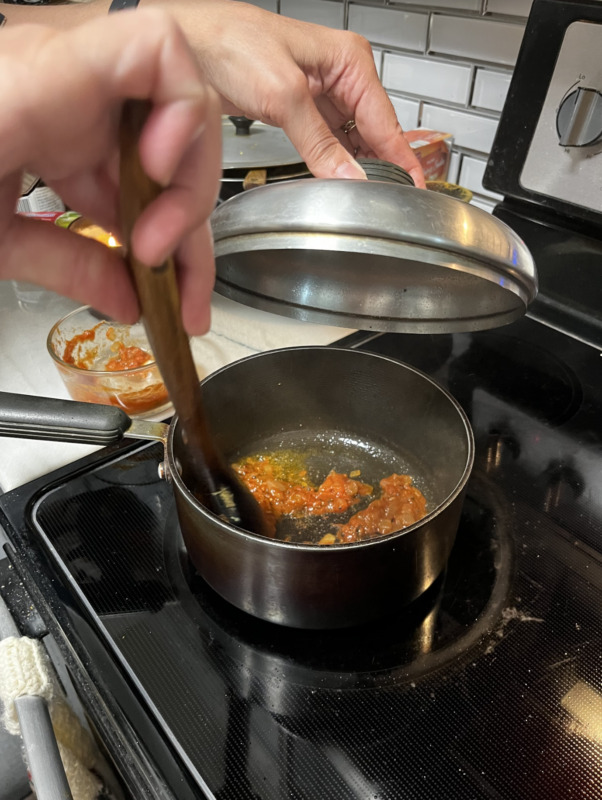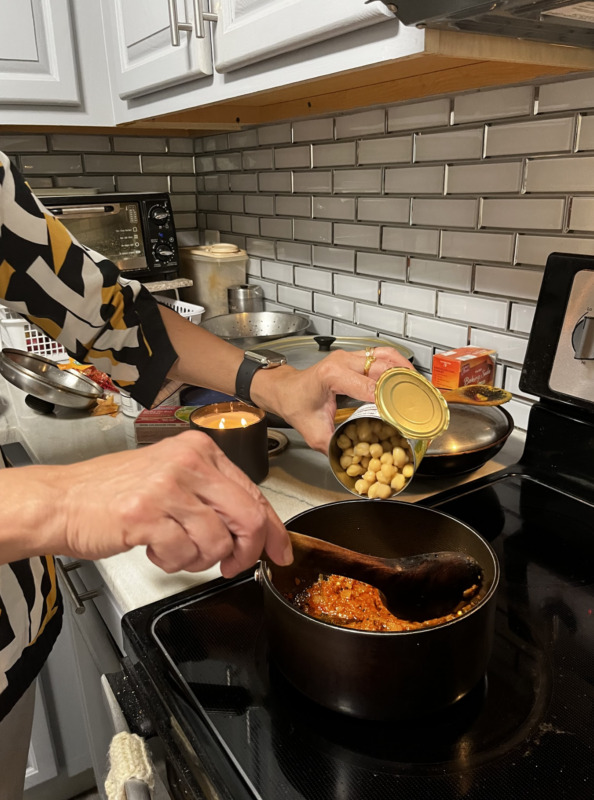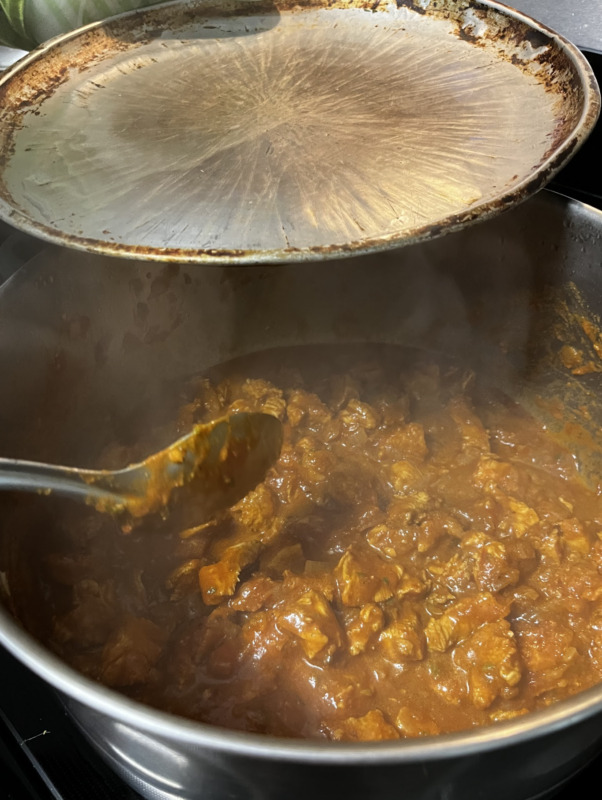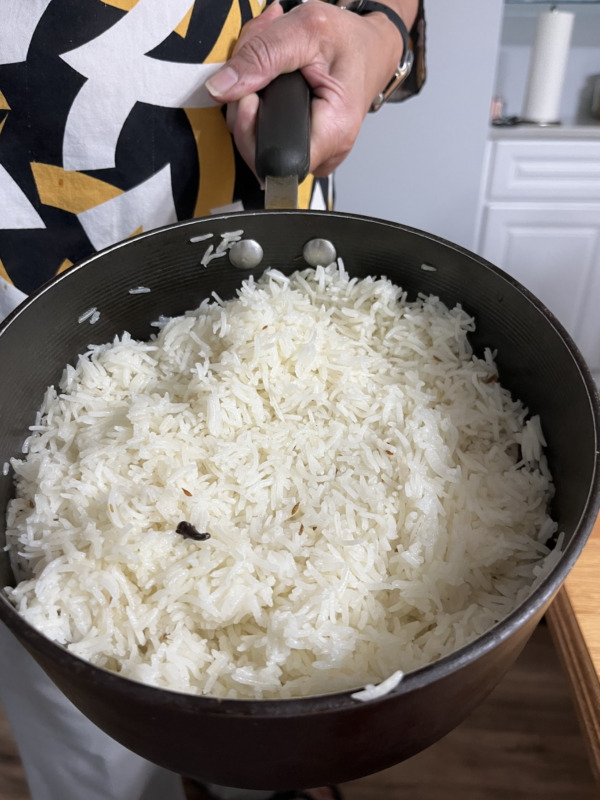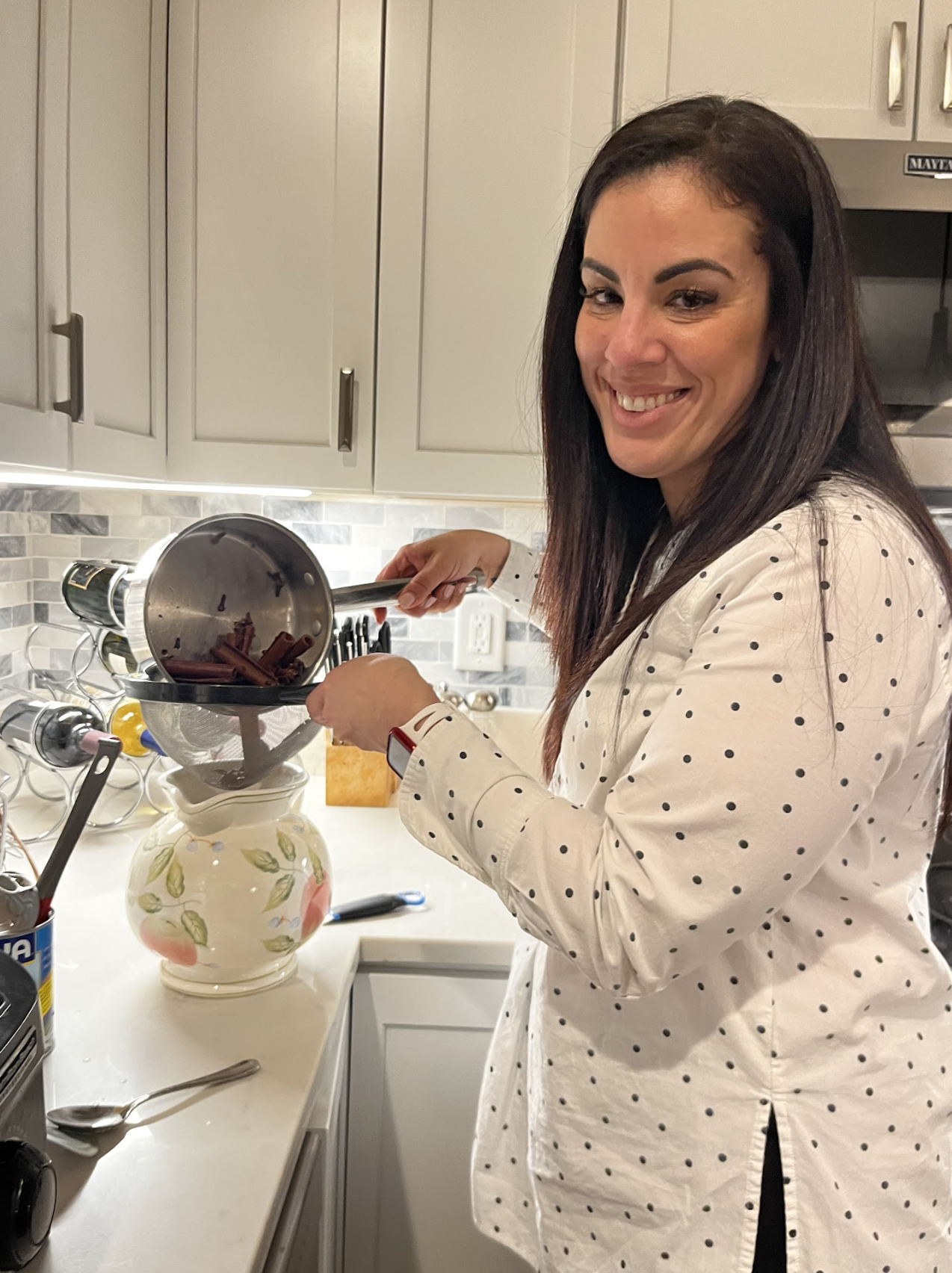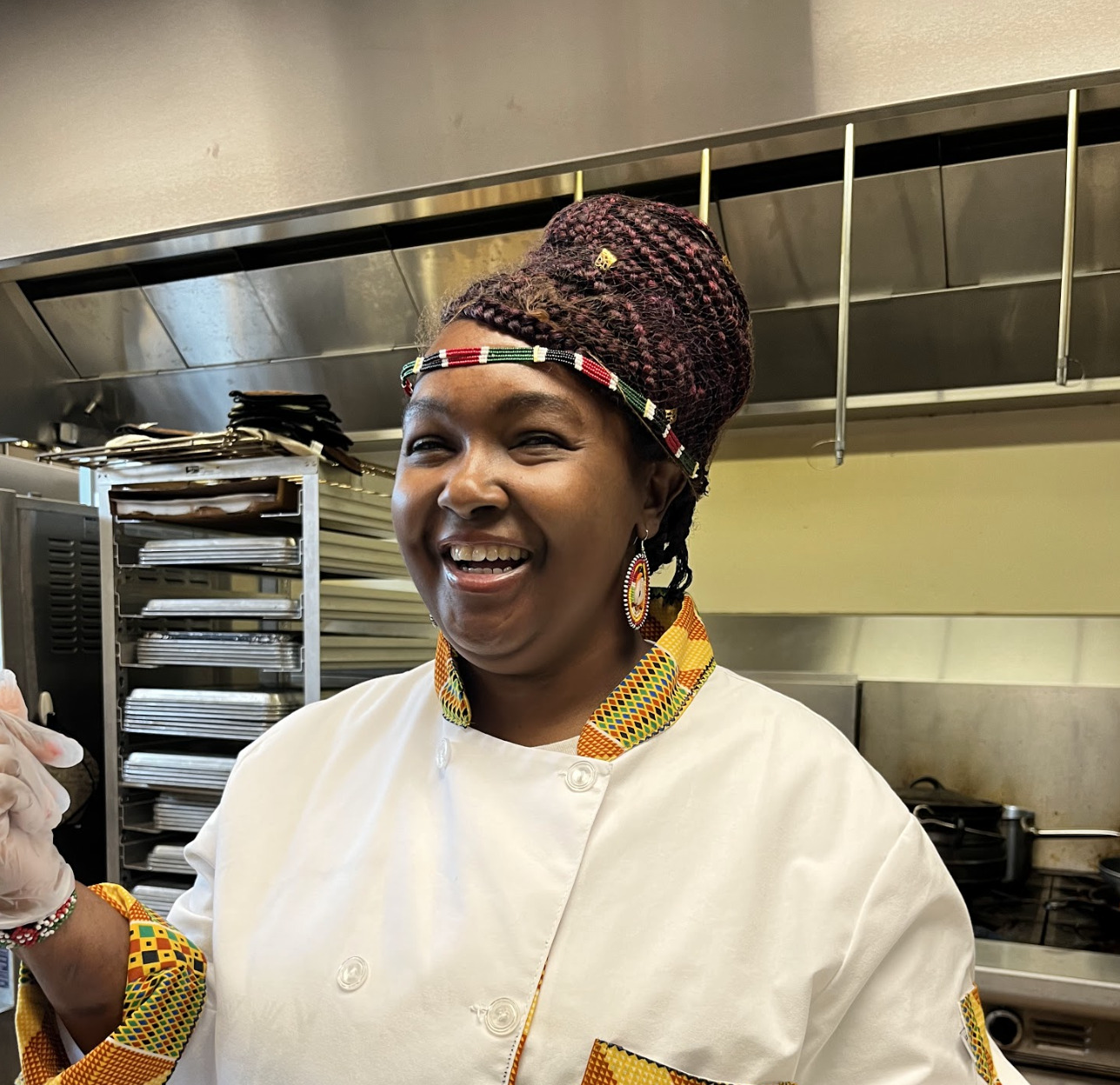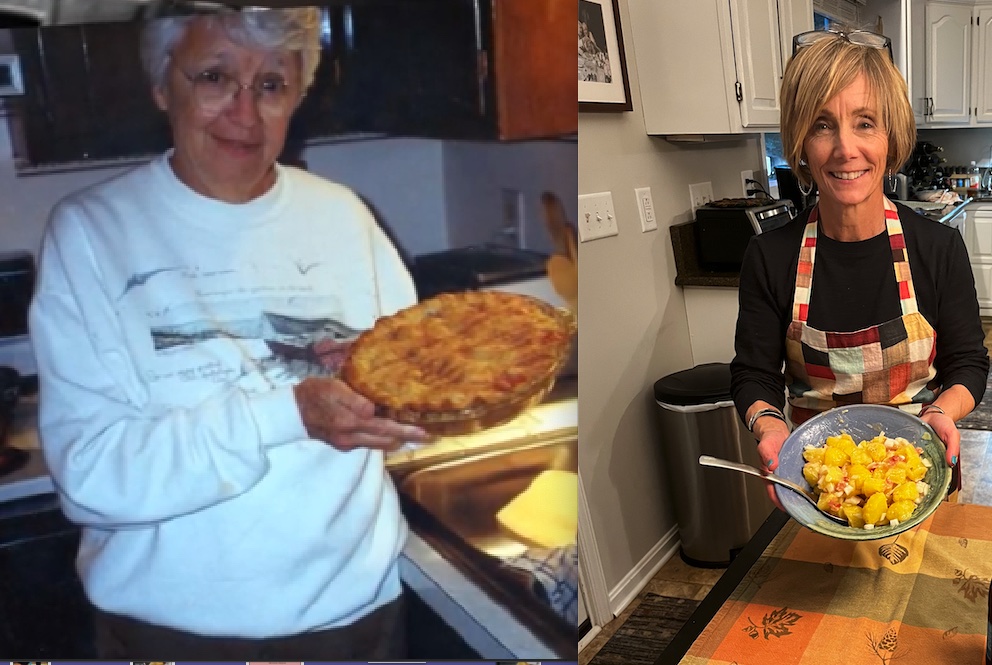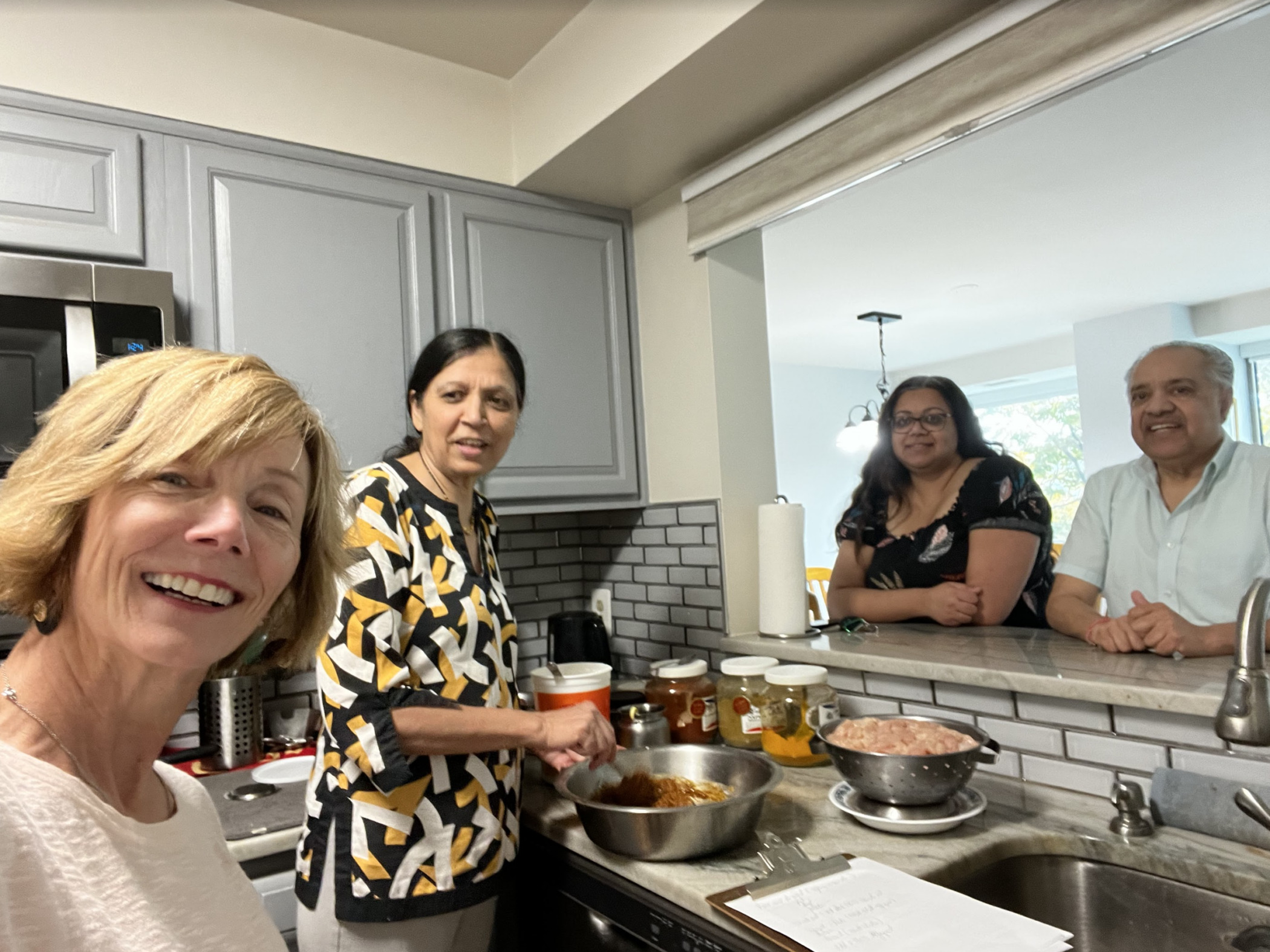
November – Dipti Mistry
This past Sunday, my friend, Dipti Mistry, invited me to cook an authentic Indian meal with her and her family. Life just doesn’t get any better for someone who is “gastronomically curious”, which in my way of saying I love to learn about different cultures and eat ethnic foods.
Dipti’s parents, Panna and Mohan, graciously welcomed me into their beautiful Bethesda home and allowed me to join their Sunday afternoon ritual of cooking together as a family. When Dipti was a junior in college her parents began the tradition of cooking on Sunday and delivering meals to her for the week…and the tradition continues. Each Sunday, they prepare a variety of dishes and make enough to send meals home with Dipti. “It’s our way. Dipti is busy with her medical practice and this is a way we can support her,” Panna said. Mohan added, “It’s very common in Indian culture for parents to provide meals for their adult children. Some day they will cook for us.” As Dipti and her parents stood side by side I thought, “Cooking for this family is much more than preparing delicious and nutritious food, it’s a time to bond, a way to care, a sign of love.”
Learning to prepare the Mistry family’s favorite foods was like “mind traveling” to their native state of Gujarat on the western coast of India with the world’s best tour guides. I learned a little bit about Gujarat, which is the fifth-largest Indian state with a population of 60 million. Spending time with Dipti and her parents was an experience I’ll not forget…part history lesson, part geography lesson, part cooking lesson. Best of all, when the lessons concluded, I had the privilege of eating a meal that celebrated India’s culture and highlighted Gujarat’s bold, regional flavors.
Prior to my arrival, Panna had prepped the ingredients for the following recipes: Mistry Chicken Curry, Cabbage Sabzi, Chana Masala (a deliciously spicy chickpea curry) and Basmati Rice with whole cumin seeds. The chicken breast had been cubed, the ginger, garlic and green Thai chilis had been grated, the cabbage chopped, and the basmati rice soaked for five hours. Standing in the kitchen, Panna explained that all the recipes would include turmeric, chili powder and dhania powder (a special family blend of cumin and coriander powders) as well as freshly ground ginger, garlic, and green Thai chilies.
For the family’s favorite chicken curry, Panna drizzled canola oil over the spices described above to make a thick red paste to which she added whole milk yogurt, lemon juice and tamarind, creating a spicy marinade for the meat. As Panna stirred the chicken into the marinade, Mohan and I chatted about Indian cuisine. It was interesting to learn that until 1975 sugar was rationed, which explains why traditional Indian dishes use very little sugar.
While the chicken marinated, Panna taught me to make cabbage sabzi, which can also be made with a variety of vegetables including cauliflower, potato, and eggplant. Panna poured oil into a frying pan and added a few mustard seeds, explaining the seed would pop when the oil reaches the correct temperature. I’ve always known that if oil isn’t sufficiently hot, foods will absorb excess oil with less-than-optimal results. I’ve experimented with several techniques to gauge the temperature of oil including the shimmer method, the wooden spoon method and my mother’s old trick on sprinkling a few drops of water into the pan with varying results. But Panna’s food hack was brilliant! It works every time…and adds a hint of flavor!
When the mustard seeds popped, Panna poured the chopped cabbage into the pan and then opened the masala no dabbo, a round spice box containing a colorful assortment of spices. To the cabbage, she added her magic herbs and special spices, including turmeric, which I learned has anti-inflammatory and antioxidant properties and is used in many skin care products. As she gently tossed the cabbage, Mohan thinly sliced two red potatoes that were cooked in a similar manner in a separate frying pan.
To make the gravy base for the chicken curry, Mohan chopped two large onions, which Panna caramelized in hot oil before adding cloves and a few pieces of cinnamon bark. As the sweet, spicy aroma filled the kitchen, Mohan shared memories of the food he ate as a child in Gujarat. “From 1950-1970 India was a very poor country. During that time, cinnamon and cloves were expensive so most people only used these spices for special celebrations.” Standing in their kitchen, hearing stories about their native country, and learning about their cuisine, I felt incredibly fortunate. It felt like a celebration to me!
Panna finished the curry gravy by adding crushed tomatoes, and her special spices and magic herbs to the caramelized onions. She stirred the marinated chicken into the curry gravy then taught me another brilliant food hack. To prevent the curry gravy from thickening, she placed a flat, rimmed lid over the pot and poured cold water on top. She explained that as the steam rises and meets the cold lid, it condenses and falls back into the gravy…no need to add water and dilute the spices in your gravy! Who knew…that’s what I call kitchen wisdom!
It was a busy day! Using the gravy base for the chicken curry, Panna also made chana, a delicious tomato-onion chickpea curry and then prepared basmati rice. Panna stirred whole cloves and cumin seeds into melted ghee and then added basmati rice, which had soaked for five hours. Following her Ba’s (grandmother’s) advice, Panna added “just enough water to cover the first digit of the small finger.” Curious I asked, “Why soak the rice so long? Don’t you need more water than that?” Mohan related that in India fuel conservation is extremely important and is taken seriously. He continued saying, “Soaked rice cooks faster, uses less water and has a better texture. It’s much more energy efficient.” And he was right! The rice, which was delicious, cooked in half the time and the texture was much better than mine! Wow, count that as the third food hack of the day!
After we finished cooking, we sipped hot ginger tea and nibbled on yummy ginger cookies. It was fun to learn more about this family that will “always cook together.” After a 20-year career with Montgomery County Public Schools, Panna now works at Westat, a company dedicated to improving lives through research. Mohan works as the Director of Engineering at the Washington Hebrew Congregation, one of the largest Reform congregations in the United States. They are incredibly proud of their daughter, Dipti, a physician who graduated from the University of Maryland School of Medicine and completed her residency at Loyola in Chicago. Dual Board certified in Internal Medicine and Pediatrics, Dipti works at Meritus Pediatric and Adult Medicine Smithsburg and is a faculty member at the Family Medicine Residency Program at Meritus Health. Despite their busy lives, this family embodies the words of Shauna Niequist who said, “If the home is the body, the table is the heart, the beating center.” With Thanksgiving fast approaching, I was thankful to be seated at the Mistry table and experience the beating heart of this loving family.

